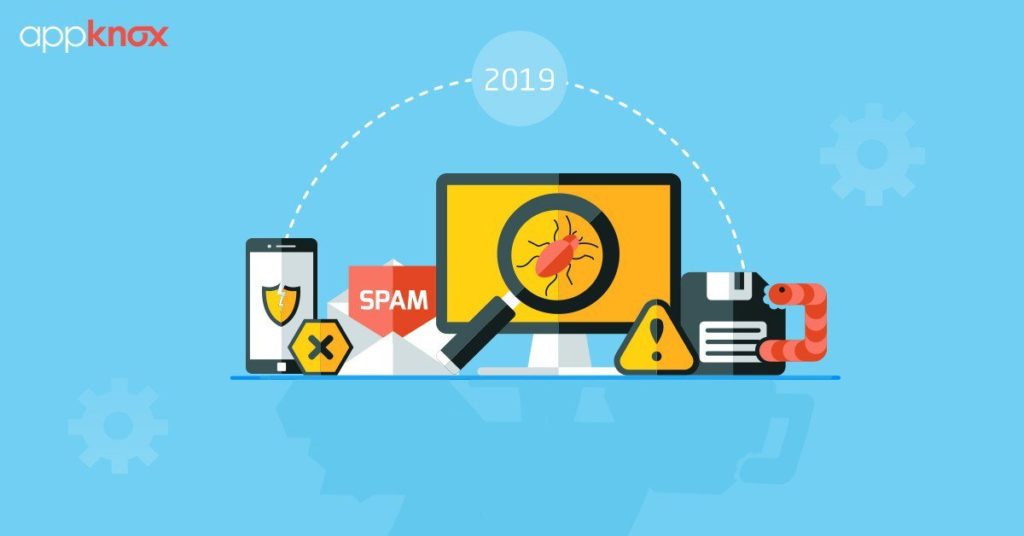Over the last 5 years, I’ve met hundreds of startup founders while I was interviewing them for my digital startup publication. As I’ve started spending more time on the B2B SaaS side with my startup Appknox, I often find many young startup companies make very similar mistakes with respect to early stage marketing.
More often than not, most early startups in the B2B space rely too much on sales and very little on marketing. Sure, you know the accounts you want to target and you know what marquee customers you want to win but if you are a tech B2B product company and you do not see the value in marketing, then you are missing on a big opportunity.
One of the first things I suggest based on my experience is to consider sales and marketing to be driven towards one single goal – revenue growth. Sales and marketing at startups is different from those at larger enterprises and that is what gives startups some advantage even though they do not have the deep pockets. The days of cold calling are dead. Please do not encourage your sales guys to cold call a random company from a random list that you paid to acquire. Rather use that list to generate some interest about your product.
What is Account Based Marketing (ABM)?
Account-based marketing or ABM is an increasingly popular strategy in B2B marketing where each organization is considered an individual market and treated as such. In terms of marketing, you messaging, strategics and tactics are all tailored to specific accounts. It is completely opposite of the old way of doing things where marketers would spray a wide net and hope to catch some fish.
Additionally, what makes ABM unique stems from a basic characteristic of B2B business. Each successful deal is always a collective decision-making process with multiple people involved in the process. Since business decisions are made by a collective group of people, ABM helps identify those people in each account and that becomes your market. ABM enables sales and marketing executives plan strategies and tactics that are tailor made to get the attention of these decision makes and influencers in each account.
In short, the account-based model flips the traditional sales funnel completely. Instead of starting wide and slowly narrowing down, ABM starts narrow with a small list of targeted accounts and continues to go in-depth widening just those accounts.

ABM is Not for Everyone
Before we proceed further to understand how to get started with ABM, it is important to understand that the ABM model doesn’t benefit everyone. It is best suited to B2B companies where there are multiple decision makers whose involvement is required for the deal to go through. Generally, this would also mean more targeted account with higher average deal sizes. And that generally justifies the hard work needed for a successful ABM campaign.
Considering the level of effort and investment needed to move into an account-based sales approach, it may be worth starting with a small experiment. Test a rhythm and cadence for one target account first before trying to scale and target multiple accounts at once.
Steps to Get Started with Account Based Marketing
The following are some simple steps to get started with a small ABM experiment. Based on how things go, you can plan a larger, more advanced campaign.
Step 1: Target Account List
Conduct extensive and thorough research to identify your ideal customer profiles that you want to target. Spend enough time on this stage such that you have an accurate picture of your ideal customer, their pain points, goals, etc. Create a wish list of target customer accounts.
Step 2: Expand Contact List
Once you have created your target account list, the next step is to go deeper and identify five to six different decision makers or influencers who will be involved in the buying process. Usually, I like to keep key decision makers, influencers as well as users. Dive deeper to understand each of these personas well – know their pain points, their goals, what do they read, what affects their careers, what helps them do their job better, etc.
Step 3: Create Personalized Content
Once you’ve identified the different buyer personas, create custom personalized content and resources for each persona. Just make sure the messaging is relevant based on whether it’s a key decision maker like the CxO or someone who would be using your product. White papers, data sheets, case studies, all help in this stage.
Step 4: Run Consistent Nurture Campaigns
Here your goal is to build relationships. Send relevant and helpful information through the best channel based on the persona identified. Figure out ways to engage your target stakeholders over channels like social media very early on and slowly build visibility as well as rapport before eventually pitching for sales.
Step 5: Retarget and Iterate.
Measuring your campaign performance is obviously a key part of this process. Make sure you set up retargeting to help better your chances with your contact list. Study the KPIs and keep a close eye on performance data. Iterate and repeat. Remember to test out different channels, different messages, voice, etc. Give this some time but keep performing relevant tests. Executed well, you will see success.
Personalized actionable content is one of the most critical parts of an ABM campaign. At Appknox, we’ve spent a lot of time and effort to create lead magnets like industry specific white papers and case studies. These lead magnets help increase the click through and conversion rates for your online campaigns. They also serve well as part of nurture campaigns discussed in the next step. The idea is to develop content that can scale and white papers that address industry issues are a great way to do that. You can deliver them online through dynamic personalization tokens so that they are tracked effectively. We also created dynamic websites which uses content that is addressed to a particular geography or industry. That way you can accurately target issues that are being faced in that particular geography or industry based on who is visiting your website.
Over a short period of three months, we’ve had over 300 senior industry professionals download our white papers and reports and have been enrolled in our nurture campaigns. If you are targeting large enterprises like we did, that is a very good number of potential spokespersons to have in your target accounts. During the same period, using ABM techniques we were able to add over $150,000 to the sales pipeline.
About the Author
Prateek Panda is the Co-founder and Chief Marketing Officer of Appknox. Previously he was the Founder of TheTechPanda, one of India’s leading startup publications. Prateek is one the leading B2B SaaS marketing experts. He is known for his experiments with new age marketing, like ABM, and often likes to share his learnings with the community.












